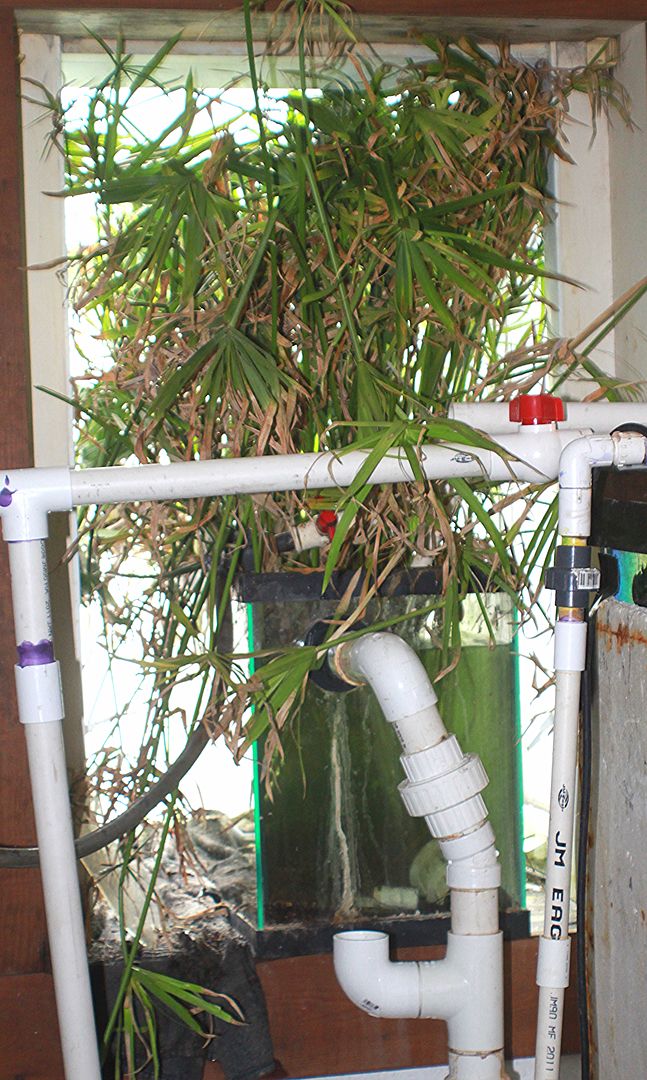I'm looking for people who have experience with testing their nitrates before and after beginning plant filtration to suck up nitrates, so i can get an idea of how many plants i'll need to accommodate to make an impact.
Thanks in advance!
F1 Vet and I had looked at this in his pothos thread. In that thread he measured and tested his nitrates and we derived some anecdotal observations. (It was a a very uncontrolled experiment.) My examinations won't definitively answer your question, but it should help explain why your question doesn't have a simple answer.
Many plants have a definite effect on nitrate levels. However the effect is complex and dependent upon many variables that you won't necessarily be able (or want to take time) to control.
1) aquatic and terrestrial plants differ in their preference for nitrogen based molecules (ammonia, nitrates or nitrites are all nitrogen based.) (Eg., corn, roses and pothos are terrestrial, while most submerged plants are aquatic. They do not each consume each of the nitrogen materials at the same rate, sometimes having distinct preferences for one or the other.)
2) the amount of nitrogen-based absorption is likely directly related to the absolute mass growth of the total plant since nitrogen is a building block for many plants. A plant that adds 100 grams of mass will likely consume more nitrogen than one that adds 50 grams of mass.
However, plant growth rate is dependent upon many factors independent of the available nitrogen such as genetics, other nutrients, temperature, available light, etc. Adding light for example, which might increase total mass growth, will likely indirectly increase nitrogen absorption, assuming all other required nutrients are present, but nonetheless fast growing plants under low light might out perform slow growing plants under optimal light due to genetics.
3) plants differ in their ability or propensity to off-gas nitrogen. Off gassing (afaik) is basically a plant's ability to release nitrogen into the atmosphere under certain conditions. Off gassing may play a large role in how much nitrogen based molecules are removed from an area that is independent of the growth of the plant.
4) it's worthwhile (IMO) to consider plants as reservoirs of nitrogen. If the reservoir is full or damaged, it stops absorbing and may even begin releasing it's contents. Thus, removing or trimming back slow growing or damaged plants is part of the process to ensure that the plant is not releasing a large amount of nitrogen back into the tank.
Pothos and many aquatic plants are regularly used by people to reduce nitrate levels. They are probably not used as efficiently as possible (as you can see from above) because doing so is complex and demanding, but inefficient usage still seems to work effectively. If you take into account some of the factors listed above you can probably increase your efficiency and reduce how many actual plants you need.








